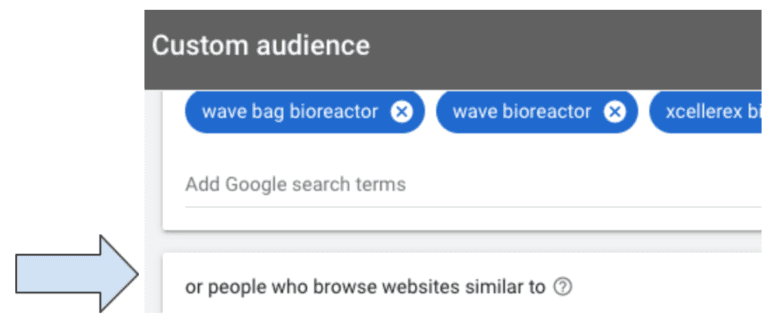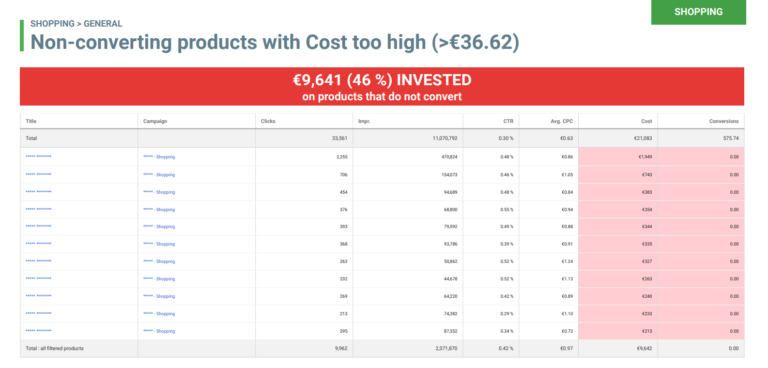MARKETING
Google Display Network Best Practices In A First-Party Cookie World

With first-party data becoming more relevant and third-party cookies becoming a thing of the past, this leaves marketers questioning, how can I best prepare? With these changes, remarketing will likely be limited. We’ll instead focus more on targeting users with certain interests or browsing habits. This results in limited capabilities when it comes to reaching certain markets. The time is now to test new audience methods in Google Display Network.
Regarding new privacy laws, how do we best prepare for the unknown? Well, just like anything in life, you can’t cover your bases fully, but you can do your best to prepare. Read on to learn more!
So, What Are Third Party Cookies?
Simply put, cookies remember things such as login details, products added to cart, etc. First-party cookies are created by the original domain, third-party cookies are created by other domains. A first-party cookie can only be accessed by the original site, where third-party cookies can be accessed by anybody, given you download the third party code.
How Does This Relate To Me?
As digital marketers, knowing what platforms and what strategies resonate with certain areas of the marketing funnel is our bread and butter. Typically, awareness is at the top of the funnel, followed by consideration and conversion.
One of my clients has been heavily testing Display on the Google Display Network. This has given me the opportunity to test a multitude of methods, discovering what works, what doesn’t, and what is worth testing. I will start off with the basics of best practices for GDN followed by audiences I recommend testing.
The Basics
Below are a few basic things you can do to improve click-through rates in your display ads. Ensuring you follow best practices ensures optimal campaign performance.
- Optimize Towards Your Desired Goal (Settings — campaign settings) – Ensure your campaign goal is optimizing towards your desired goal. Google campaigns allow you to optimize towards leads, website traffic, or sales. See screencap below.
- Exclude Placements on Sites With Sensitive Content – (Settings — Account Settings) – By eliminating sites with sensitive content, you can protect your brand integrity by ensuring ads are not shown on sites with explicit content. Your brand is associated with what site assets are shown on, so it is vital to minimize irrelevant content.
- Exclude unwanted placements – Add negative placements for sites you don’t want to appear on. You can see what sites are not converting by looking at, ‘where your ads appeared.’ I tested eliminating YouTube as a negative placement and it increased CTR (click-through rate) by 1% in a 2 week period.
- Ensure Asset Quality is Enticing – Ensure you have high-quality images where it’s clear what the purpose of the ad is. Ads featuring people tend to have higher click-through rates.
- Optimize Towards Best Performing Ads – (Settings – Campaign Settings – Additional Settings) – By optimizing towards best-performing ads, Google will show users ads more likely to get more clicks or conversions.
Campaign and Ad Group Structure
Like any marketing structure, specifically in GDN (Google Display Network), it’s important to have a proper account structure. Your campaign should be based on a certain topic. For example, since I’m a coffee addict, let’s use Dunkin’ Donuts Hazelnut Coffee grounds as our campaign name. I picked a specific product (or focus) intentionally to get as granular as I can. I recommend creating the following ad groups based on the following custom audiences.
- Keywords – Create a custom audience based on people searching for relevant terms. Creating a keyword-based audience will show ads to people searching for certain terms. Below is a screencap of an audience used for one of my biotech clients.
- Competitors – By creating a competitor audience, you can input your competitor’s sites under, ‘or people who browse websites similar to.’ Google will show your ads to folks who view your competitor’s sites

- Vertical Targeting – Add in observation mode initially to not limit your audience. Add custom affinity audiences, demographics, or in-market audiences to target your ideal customer!
- Remarketing – Ensure you have a proper remarketing tag set up on your site so you can show ads to folks who have already visited your site.
- Prospecting – Create a ‘similar to’ audience. This capability will likely be limited with the use of third-party cookies in the near future, but doing so will allow you to gauge demographics such as age and marital status for future targeting
In conclusion
Well, there you have it friends. My best practices for GDN. May the odds be in your favor and happy targeting!









